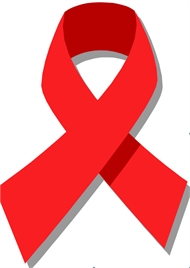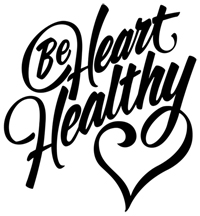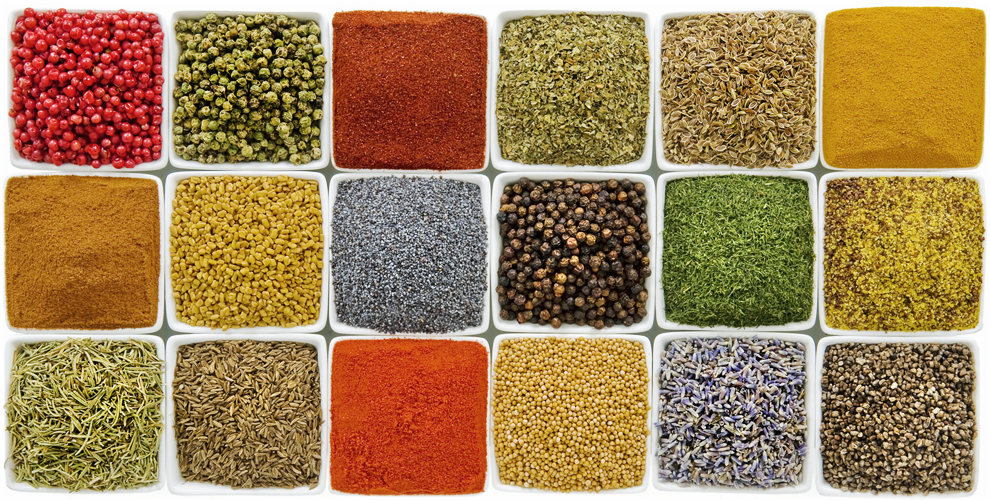Your Monthly Check-Up: A Healthy Me is Drug-Free!

Have you been seeing an abundance of red ribbons this week, perhaps pinned to a coworker’s shirt or displayed at your local school? That’s because it’s Red Ribbon Week! The National Red Ribbon Campaign® is the oldest and largest drug prevention program in the nation, reaching millions of young people from October 23-31 each year.
Organized by the National Family Partnership (nfp.org) in 1985, Red Ribbon Week has grown to become a national celebration honoring the importance of educating America’s youth about drug use. While it initially served as a response to the murder of DEA Agent Enrique Camarena, the campaign has since reached millions of children and families across the US.
The NFP’s drug prevention outreach is threefold:
- Awareness via the annual Red Ribbon Week
- Advocacy by bringing the concerns and agenda of America’s parents and families to policy makers on local, state and national levels
- Resources in the form of up-to-date literature regarding the Red Ribbon Campaign, Red Ribbon Certified Schools™, Lock Your Meds® and Safe Homes/Safe Parties™
According to a statistic on RedRibbon.org, “Children of parents who talk to their teens regularly about drugs are 42 percent less likely to use drugs than those who don’t, yet only a quarter of teens report having these conversations.” But what can we do to increase this percentage and increase the number of children who steer clear of the dangers of drug use and underage drinking?
As it turns out, there is a lot we can do! Just a few of the activities going on across the country this week include Wear Red Week, a “Just Say No” magic show, wearing shirts backwards to “turn your back on drugs,” visits from local police and K-9 units, creating lists of what you’d rather be doing than drugs, plastering red ribbons all over town to create awareness, taking various pledges to be drug-free and so much more. Many of these activities are occurring at schools but similar events can be organized at other community outposts as well.
But most importantly, since Red Ribbon Week is just that – a week – we must remember that any time is a good time to talk to your children, grandchildren, nieces, nephews, neighbors and friends about the destruction that drug use can cause. Check out RedRibbon.org and nfp.org for ideas and resources about talking to kids about drug and alcohol abuse and remind them that “The BEST you is a drug-free you!”






